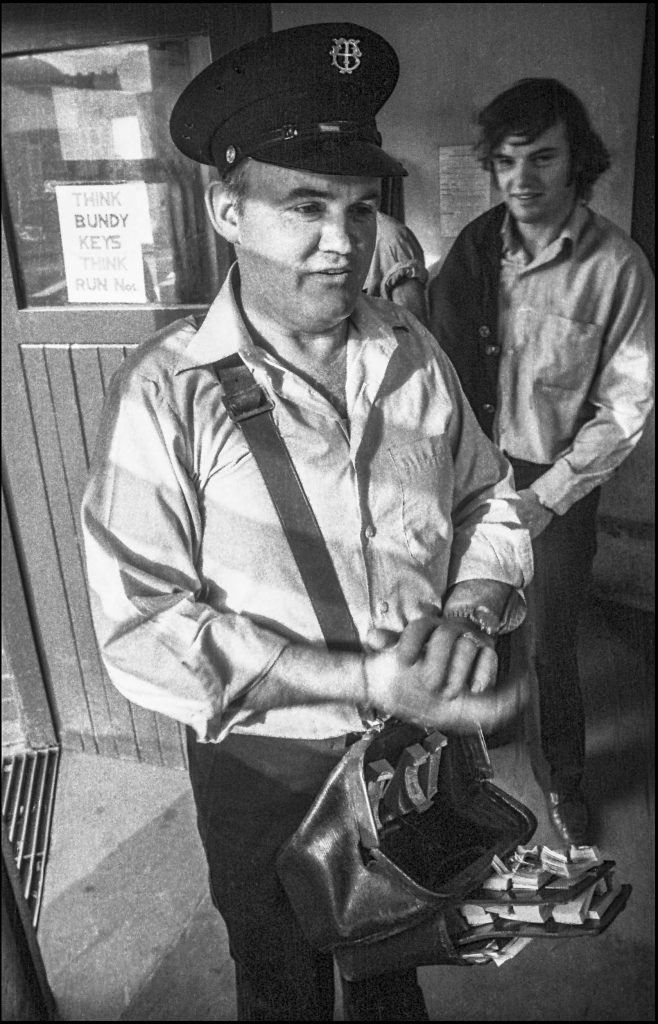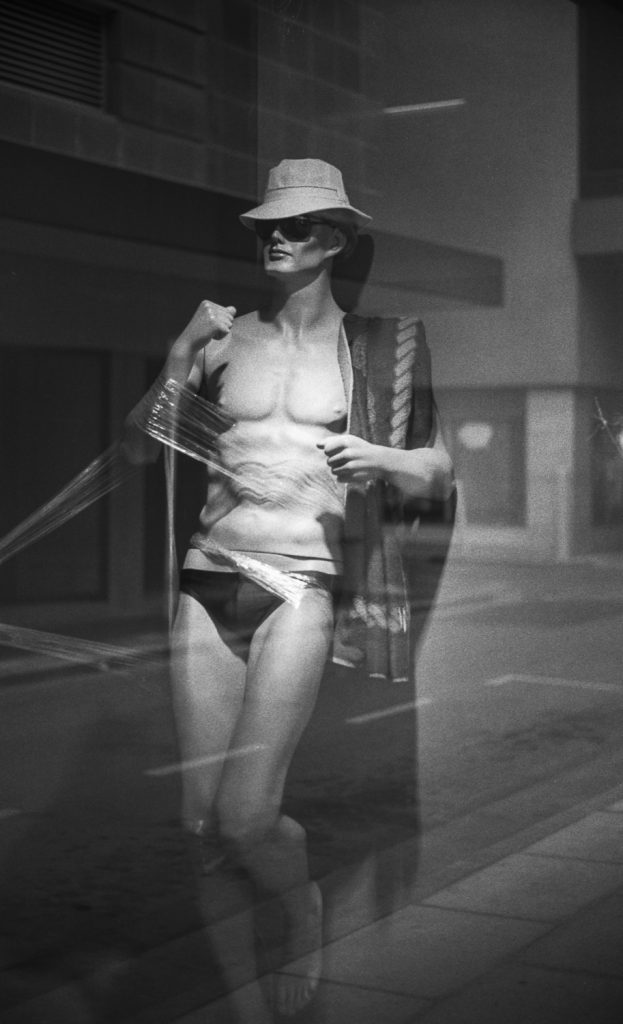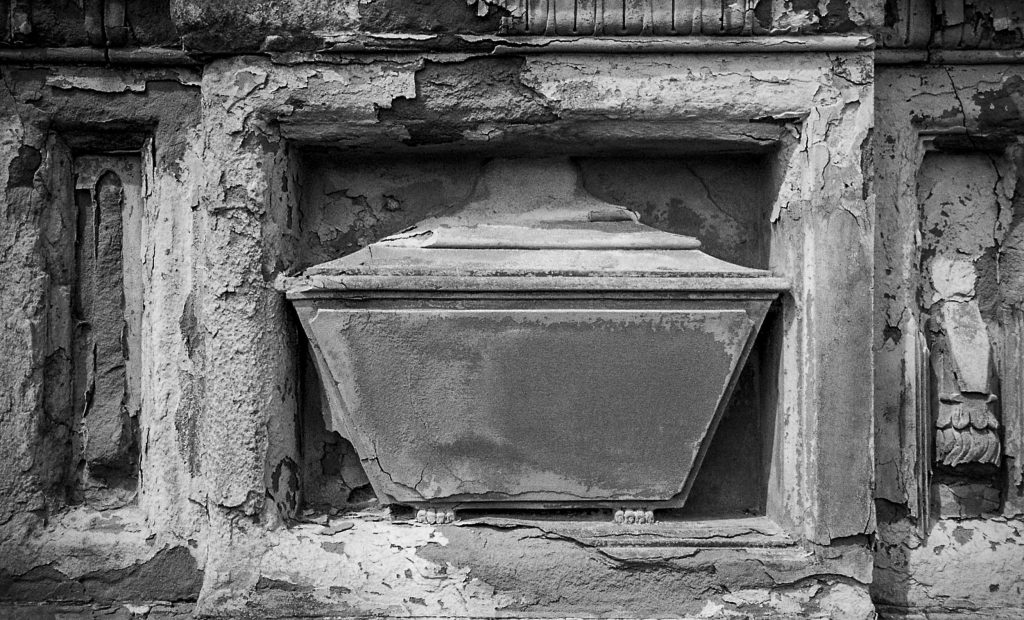(This text is Part 1 of The Bowden Archives and Industrial Modernity and it refers to the Snapshots gallery. Footnotes are in the pdf).
The dérive cuts across the division of the space of the city into work, rest and leisure zones. By wandering about in the space of the city according to their own sense of time, those undertaking a dérive find other uses for space besides the functional one. Leisure time is often called free time, but it is free only in the negative, free from work. But what would it mean to construct a positive freedom within time? That is the challenge of the dérive. McKenzie Wark, Beach Beneath the Street (p. 24)
—–
In the late 1970s after leaving NZ and giving up being an economist I studied photography at the Photography Studies College (PSC) in Melbourne under John Cato, whilst working as a conductor on the Melbourne trams. These were heady, energetic days in the artworld with American photography being exhibited circa 1977-9. American modernism, with its revolutionary rhetoric, circulated through the public and private photographic galleries in Melbourne, such as the Photographer’s Gallery in South Yarra and the Church Street Gallery in Richmond. This included Wynn Bullock, Ralph Gibson, William Clift, Oliver Gagliani, Aaron Siskind, Emmett Gowin and Les Krims. These were in stark contrast to the advertising/fashion work that had dominated Melbourne photography; and to the 35mm street photography with its celebration of subjective vision of the first generation of artist photographers from the Prahran College under Paul Cox, Athol Shmith and John Cato.
During the 1970s-1990s there was a melting away of all that was once solid and stable in Australia’s social democratic culture and economy with the emergence of flux and flow associated with Australia’s opening to the forces of the global market. This period of rapid societal and political change witnessed the end in 1972 of Australia’s involvement in the Vietnam War and of conscription, the emergence of a social liberal perspective on civil rights, land rights and the women’s liberation movement. Liberalism in industrial modernity promised happiness. New York saw itself as the centre of the modernist world. Pop Art had reopened the gates that had been closed against the everyday and it pushed towards an acceptance of the power of the everyday. Optimism had banished pessimism.
Photography, which was onside with Australia’s opening to the rest of the world, and aligned with, the progressive thinking in the 1970s was gaining a place in the art institution with its inherited notions of artistic genius, innovation, vision, technical excellence, period style rarity and aura. In Melbourne art photography was heavily promoted by The Photographers Gallery in Melbourne in the form of a ‘fine-print’ tradition of photography as an autonomous modernist art, which was experienced as darkly framed black and prints on a white gallery wall. Prahran College of Advanced Education stood for creative art photography compared to RMIT, which emphasised commerce and industry. The body of work produced by the creative, artist photographers in the 1970s was premised on individual freedom of expression, and it helped to revive the medium as an art form in Australia; a medium that art historians said had been in a deep freeze since the Pictorialist era at the beginning of the 20th century. Their sense of being modern was one of art photography was critical in the tacit questions it addressed to itself about its own status as photographic art.

What made these American and Australian photographs works of art? No one I knew in the Melbourne artworld was reading or referring to the critical essays on photography or modernism, or the postmodernism being published in October by Rosalind Krauss, Hal Foster or Douglas Crimp. There was no conversation in photography about the aesthetic presuppositions of this modernism, the nature of art history, or art’s developmental narrative. There was no critique of the judging eye of Clement Greenberg’s formalist medium specific modernism, in which art’s self-determination was underwritten by defining itself as other to the everyday.

Greenberg’s interpretation of modernism was just accepted. According to Greenberg painting in the first half of the 20th century drifted progressively further away from representation to contemplate the essences of its form, resulting in non-representational art. In short, Modernist painting became its own subject — the flatness of the canvas as exemplified by the Abstract Expressionism of Jackson Pollock. Greenberg’s central interest was quality in art with its appeal to Kant’s aesthetics to underpin the question of criteria. Kant had argued that judgments of beauty are non-conceptual, and secondly that they are universally valid in that they are in no sense merely personal.

This modernism was reworked by John Szarkowski, the curator of Photography at the Museum of Modern Art (MOMA), to both assert the aesthetic value of the photographic medium against the mass culture of journals, magazines and television and to reaffirm the Modernist imperative that art should be about itself. The concern in the Photographer’s Eye is with photographic style and tradition and the shared vocabulary of photography that belongs to photography alone. The formal characteristics he identified were modes of photographic description. Szarkowski stopped short of the move to abstraction, in that he left untouched the classical system of representation that depends on the assumed transparency of the picture surface. This formalism constituted the self-revolutionizing history of modernist photography in relation to previous photographic styles.
Questioning the modernist theory behind how things were was judged to be the perspective of an antagonistic philosophy in an adversarial mode seeking to encroach upon, control, or usurp art’s free play. The judgement was that philosophy would not allow art to speak for itself without the mediation of philosophical reflection. Philosophy disenfranchised art by seeing art as conceptually deficient. Philosophy was dismissed because art was no longer in the grip of philosophical aesthetics. Photographic art, it was held, was a “purely” visual practice.
To establish a crucial distance from the American fine print tradition and its modernist underpinnings left a dynamic Melbourne around 1980s for the historically, culturally conservative city of Adelaide with its straight lines and the experience of boredom whilst walking the empty streets on Sunday. was one way to establish a critical distance. The post-object avant-garde and the discussions about the nature of art at the Experimental Art Foundation also helped to establish a critical distance. If Adelaide was the “Athens of the South”, then it was also well known for being stitched up with an inward looking smugness that drove creativity away, and fostered resentment about those who were left. It was seen as a city nervous about its future and petrified of change.
————————————